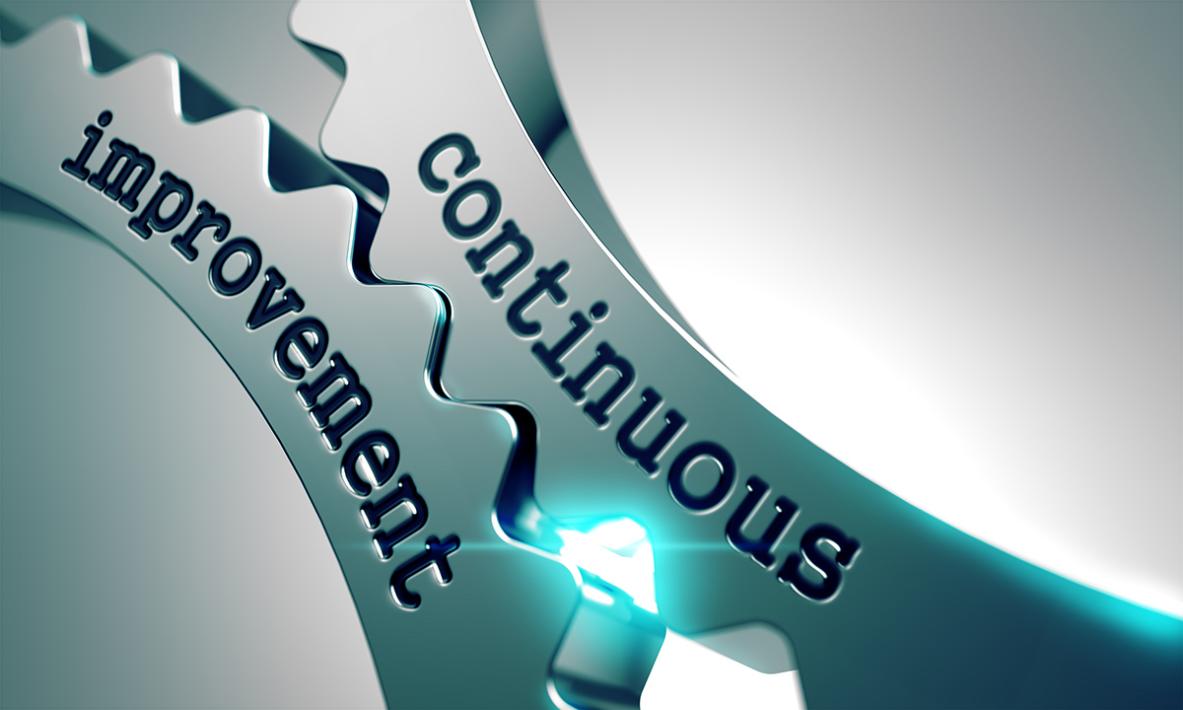Reinforcement Learning and Continuous Control: A Powerful Duo for Business Transformation
In the ever-evolving landscape of business, organizations are constantly seeking innovative approaches to optimize operations, enhance decision-making, and drive growth. Reinforcement learning (RL) and continuous control, two powerful machine learning techniques, have emerged as game-changers in this pursuit, offering a unique blend of automation, optimization, and adaptability.

Definition Of Reinforcement Learning (RL) And Continuous Control:
- Reinforcement Learning (RL): RL is a type of machine learning that allows agents to learn optimal behavior through interactions with their environment. Unlike supervised learning, where the agent is provided with labeled data, RL agents learn by trial and error, receiving rewards or penalties for their actions and adjusting their behavior accordingly.
- Continuous Control: Continuous control refers to a control problem where the state and action spaces are continuous. This is in contrast to discrete control, where the state and action spaces are finite. Continuous control problems are often encountered in real-world scenarios, such as robotics, autonomous vehicles, and process control.
Significance Of RL And Continuous Control In Business:
The growing demand for automation and optimization across various industries has made RL and continuous control highly sought-after technologies. These technologies have the potential to solve complex problems that traditional methods struggle with, leading to improved efficiency, productivity, and profitability.
Key Advantages Of RL And Continuous Control For Business Transformation:
Enhanced Decision-Making:
- RL agents can learn from historical data and adapt to changing environments, leading to improved decision-making. This is particularly valuable in dynamic and uncertain business scenarios.
- Continuous control enables fine-grained adjustments to actions, resulting in more precise outcomes. This is crucial in applications where precise control is essential, such as robotics and autonomous systems.
Automation Of Complex Tasks:
- RL and continuous control can automate repetitive and time-consuming tasks, freeing up human resources for more strategic initiatives. This can lead to increased efficiency and productivity.
- Automated systems powered by RL and continuous control can operate 24/7, ensuring uninterrupted operations and reducing the risk of human error.
Optimization Of Business Processes:
- RL agents can optimize supply chains, inventory management, and resource allocation, leading to cost savings and improved profitability. This is achieved by learning from historical data and making intelligent decisions that maximize efficiency.
- Continuous control allows for real-time adjustments to processes, ensuring optimal performance even in the face of changing conditions.
Real-World Examples Of RL And Continuous Control Applications In Business:
E-Commerce And Retail:
- RL-powered recommendation systems personalize shopping experiences and increase sales by suggesting products that align with customers' preferences.
- Continuous control optimizes pricing strategies and inventory levels, ensuring that businesses offer competitive prices while minimizing the risk of stockouts.
Manufacturing And Supply Chain Management:
- RL agents optimize production schedules and resource allocation, reducing costs and improving efficiency. This is achieved by learning from historical data and making intelligent decisions that minimize waste and maximize productivity.
- Continuous control enables real-time adjustments to supply chains, minimizing disruptions caused by unexpected events or changes in demand.
Finance And Investment:
- RL algorithms develop trading strategies and manage portfolios, maximizing returns. This is achieved by learning from historical market data and making intelligent decisions that capitalize on market opportunities.
- Continuous control allows for dynamic adjustments to investment strategies based on changing market conditions, ensuring that portfolios are optimized in real time.
Challenges And Considerations For Implementing RL And Continuous Control In Business:
Data Requirements And Collection:
- RL algorithms require large amounts of data for training, which can be challenging to acquire, especially in domains where data is scarce or sensitive.
- Continuous control systems need real-time data streams for effective decision-making. This requires reliable data collection and transmission infrastructure.
Computational Resources And Infrastructure:
- RL training can be computationally intensive, requiring powerful hardware and infrastructure. This can be a significant investment for organizations.
- Continuous control systems need low-latency communication and processing capabilities to ensure real-time decision-making. This requires specialized hardware and network infrastructure.
Ethical And Safety Concerns:
- RL agents must be designed with ethical considerations in mind, ensuring responsible and fair decision-making. This is particularly important in applications that have a direct impact on human lives or well-being.
- Continuous control systems in safety-critical applications require rigorous testing and validation to ensure reliable and safe operation.
Reinforcement learning and continuous control are powerful technologies that have the potential to transform businesses across industries. By leveraging these technologies, organizations can automate complex tasks, optimize decision-making, and improve operational efficiency. While there are challenges to overcome, the potential benefits of RL and continuous control are immense. Businesses that embrace these technologies are well-positioned to drive innovation, growth, and competitive advantage in the digital age.
YesNo

Leave a Reply